
At first glance, Mike Osborne’s book, Floating Island (Daylight Books, June 2014), appears to unearth life in the American desert. But its true focus might be what the desert unearths about America.
Osborne, a professor of photography at Georgetown, has lived and worked in the West for years. It was on one of his many road trips through the region that he stumbled upon Wendover, Utah, and its sister city, West Wendover, Nev. The area is the inspiration for the Floating Island project — and it’s a very strange place.
Fifteen thousand years ago, the area where Wendoverans now live, work and play was at the bottom of a lake almost a thousand feet deep. It is not much more hospitable now: Osborne tells TIME that, at one point, the salt-saturated earth was eating holes in his tripod.
The area’s vast expanse of desert is the sort of landscape that conjures mirages. (The book gets its title from a landmass in the nearby Bonneville Salt Flats that, from a distance, appears to tremble in midair.)
“I like the idea that the landscape already has an illusion in it,” Osborne tells TIME. “There’s a seed of a story already in it.”
Out of this alkaline void a town appeared, an improbable environment of artificial turf and chain restaurants. Glowing casinos announce their presence for miles around. But traces of history remain, captured by Osborne in stark black and white. For instance, decaying military structures — where the Enola Gay‘s crew trained before dropping the atomic bomb on Hiroshima in August 1945 — still pierce the horizon.
Shot with long exposures, these buildings are illuminated by the light of distant casinos — an eerie embrace of the present and past revealed only on dark, moonless nights. Even more ominous, meanwhile, are Osborne’s images of the destruction wrought over the years by unfettered commercial mining in the region.
As Osborne writes, “the firms’ names — Intrepid, Vertellus — were enigmatic, evoking classified missions, distant planets.” He chose to light the grim scenes of detritus in a way that evokes the lifeless surface of the moon. This landscape, Osborne notes, is “so expansive, so remote, that it creates a sense of permission.”
In the end, what he has captured in these pictures might be the unsettling result of people acting on that permission: the casual violence and neon dreams of a nation let loose upon the desert.
Mike Osborne is a photographer based in Austin, Texas and Washington, DC.
Myles Little is an associate photo editor at TIME.
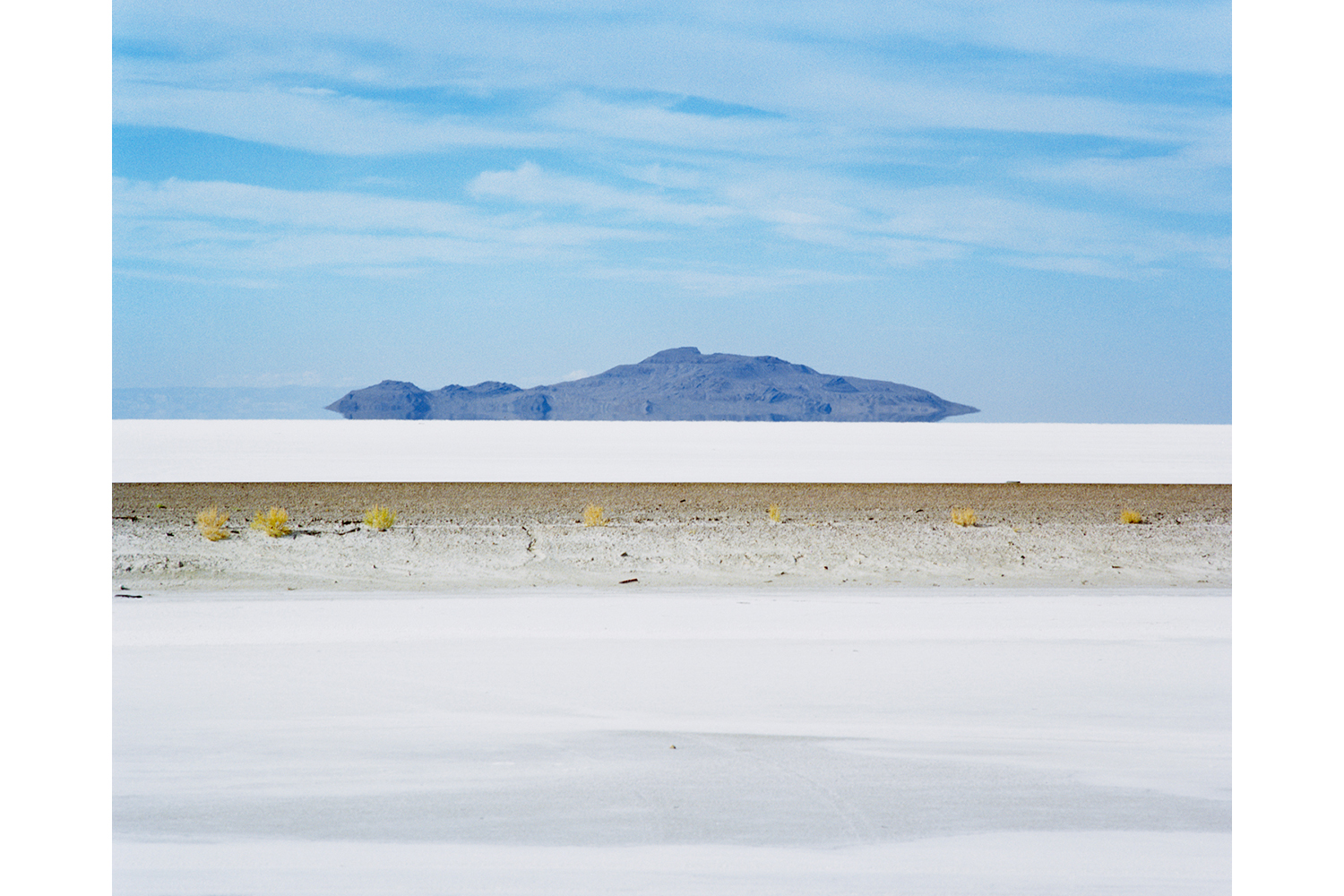
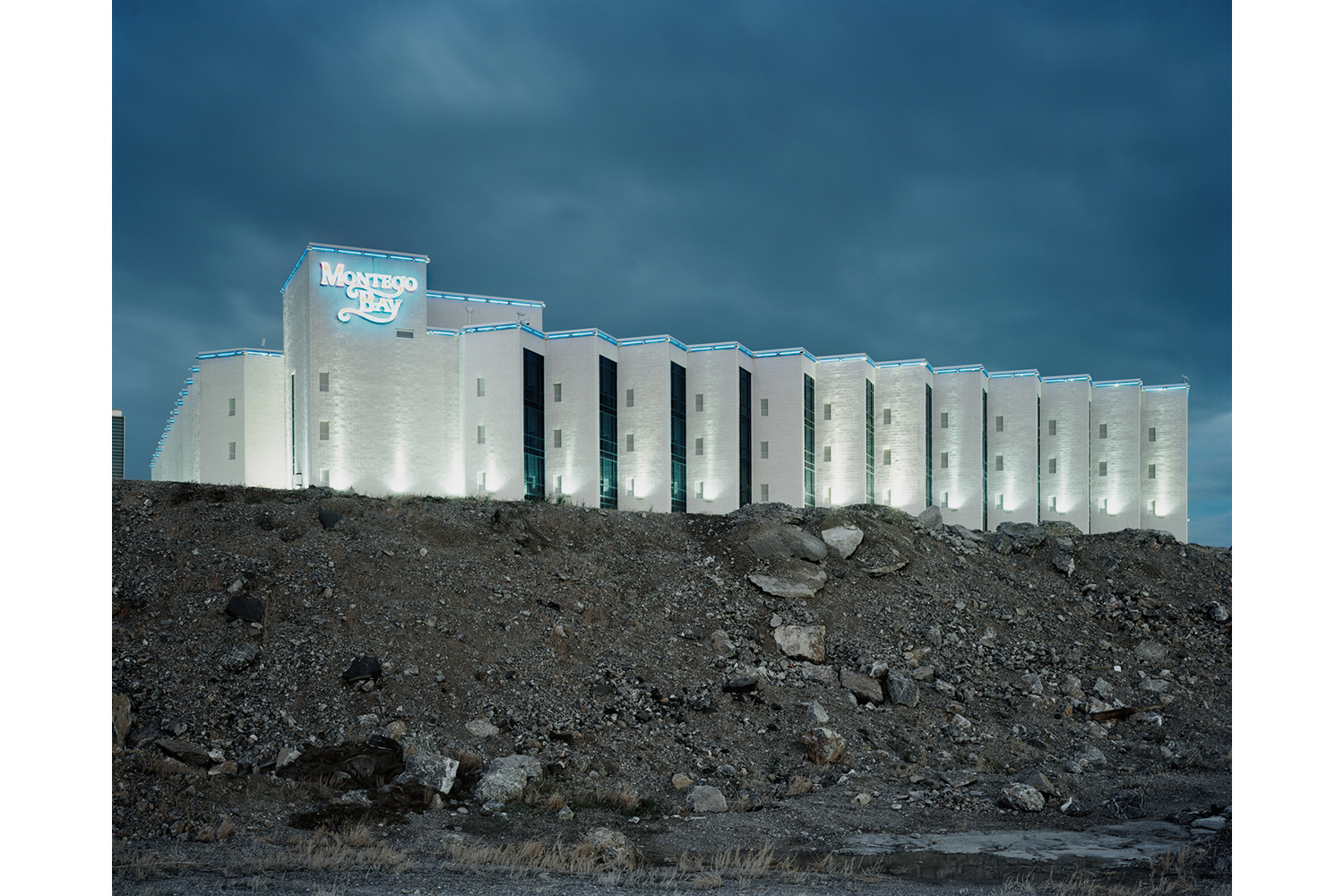




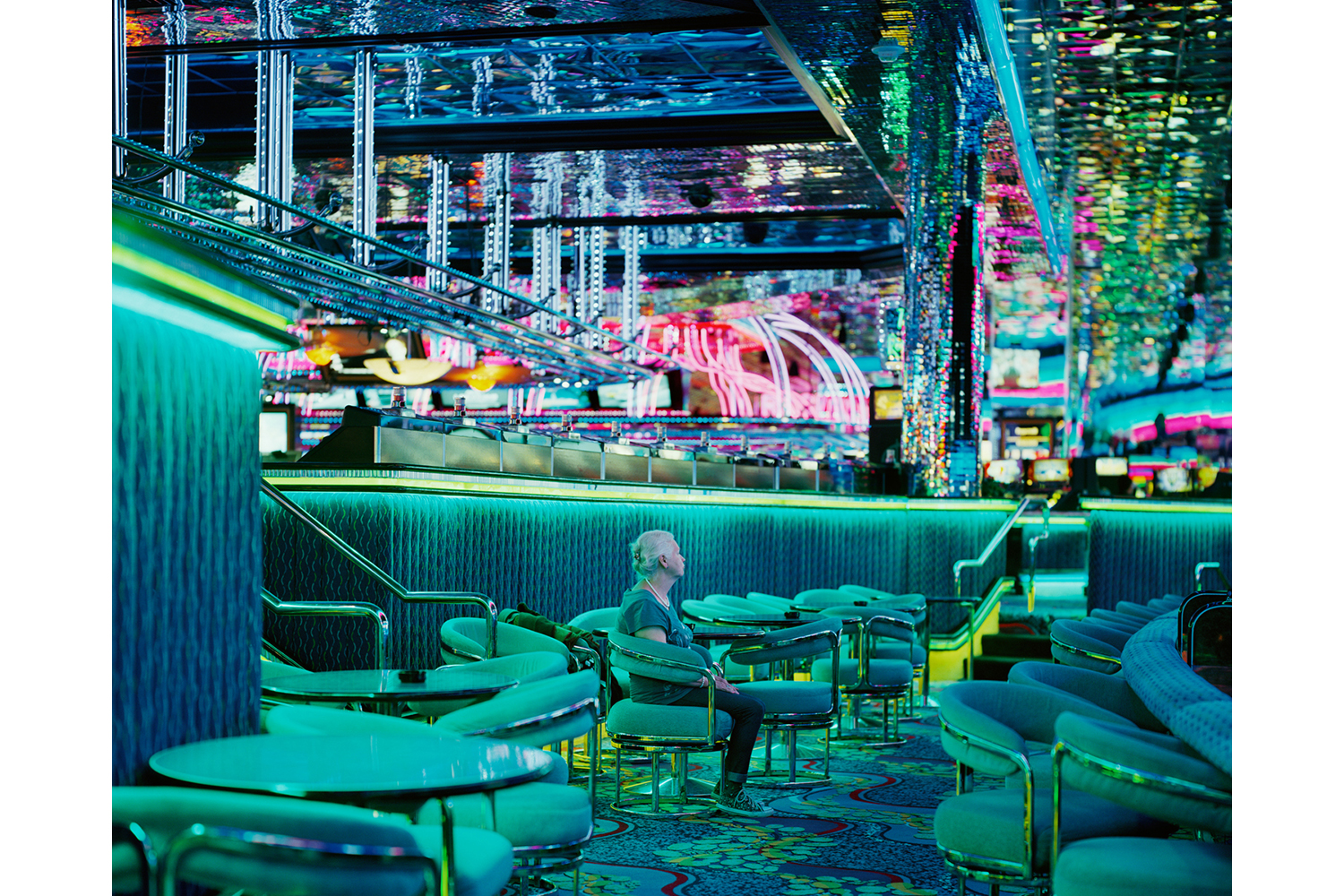

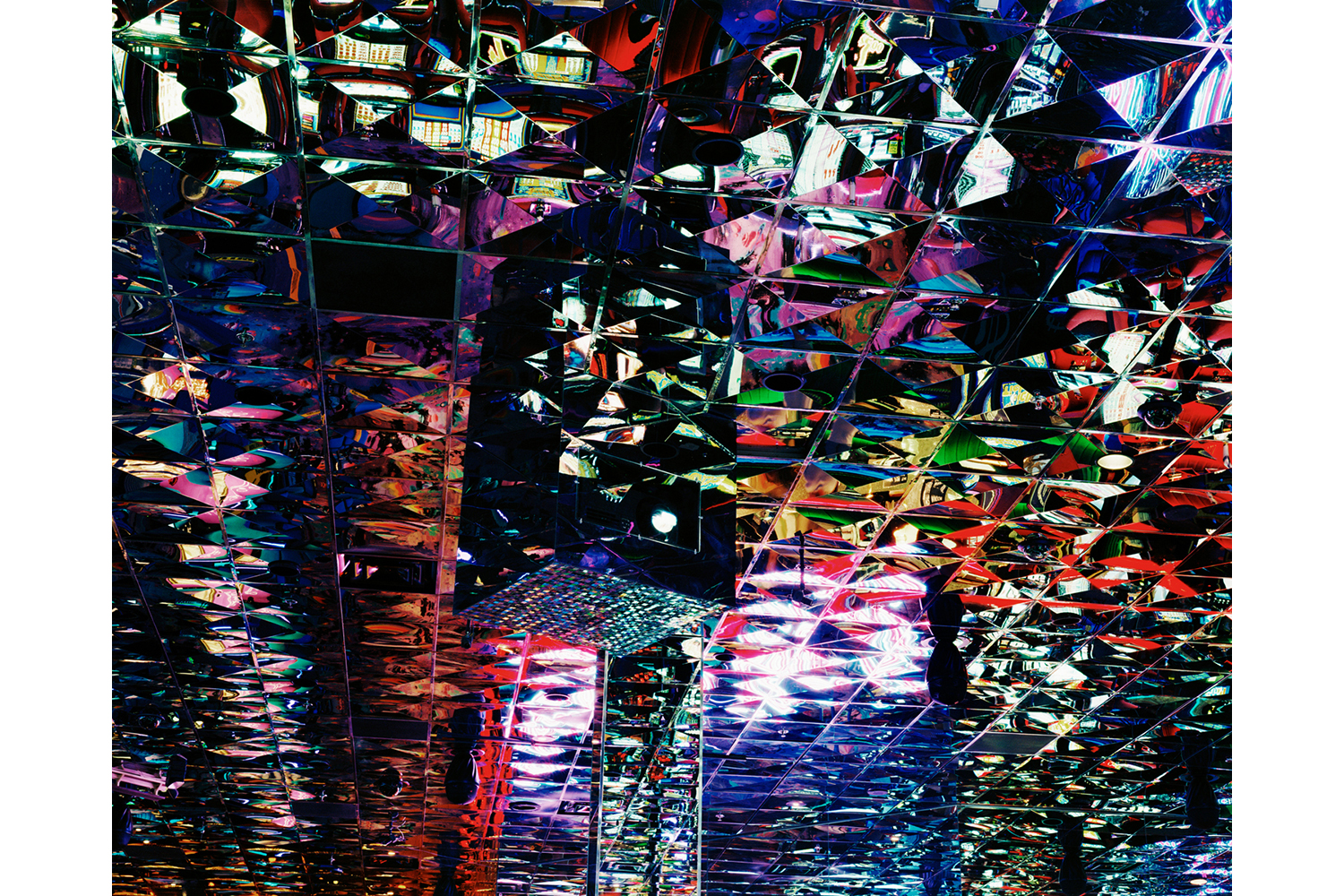

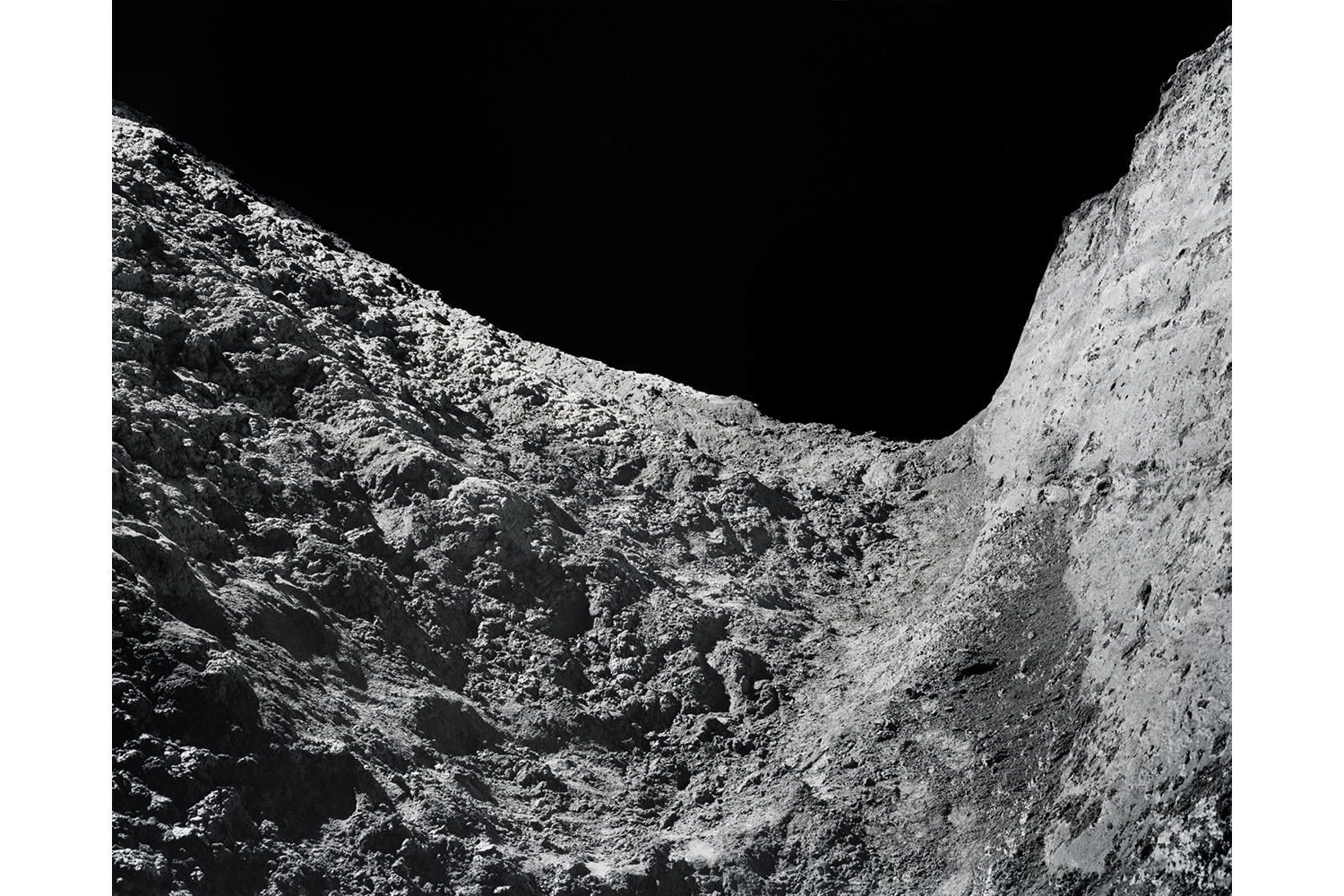




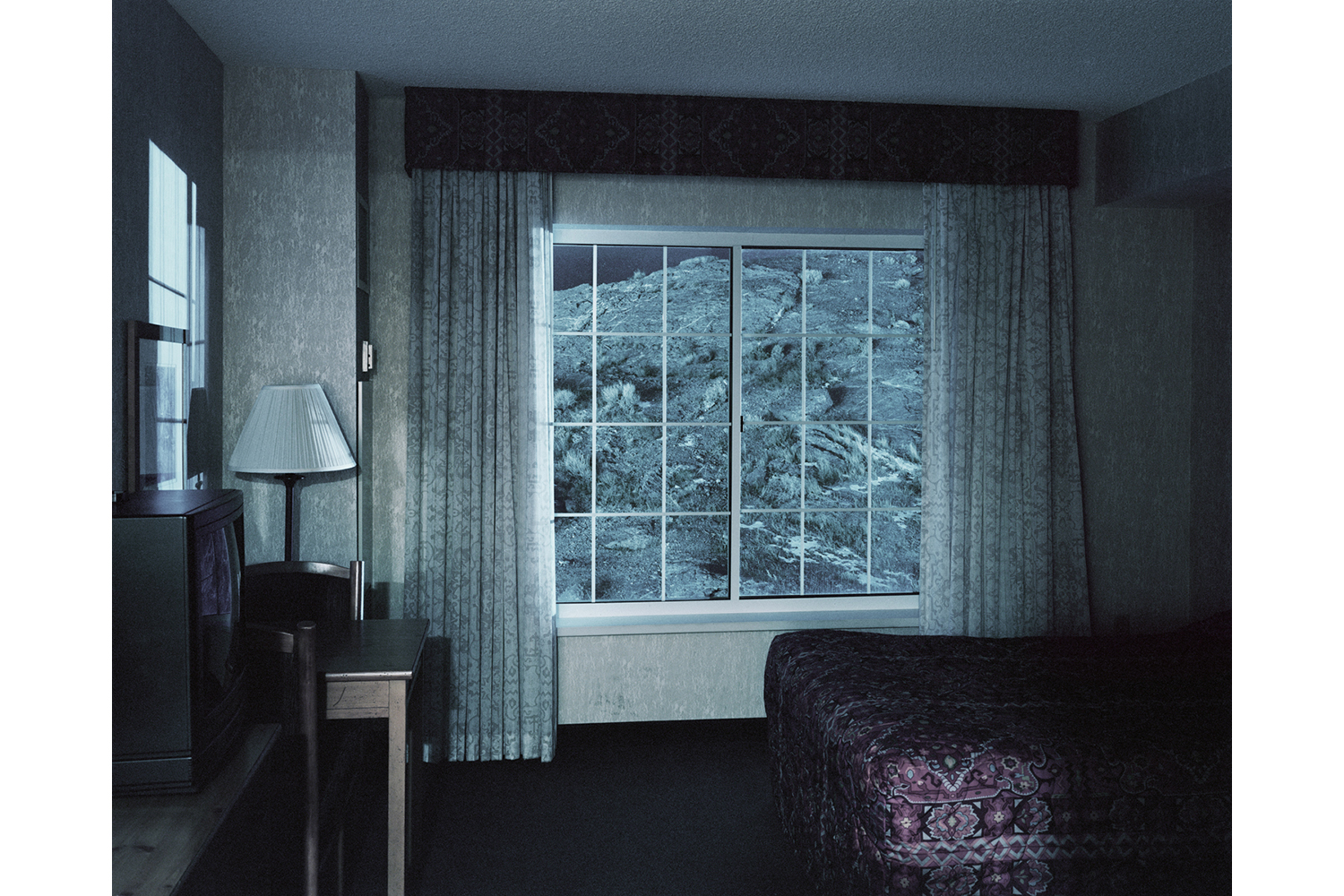
More Must-Reads from TIME
- Cybersecurity Experts Are Sounding the Alarm on DOGE
- Meet the 2025 Women of the Year
- The Harsh Truth About Disability Inclusion
- Why Do More Young Adults Have Cancer?
- Colman Domingo Leads With Radical Love
- How to Get Better at Doing Things Alone
- Michelle Zauner Stares Down the Darkness
Contact us at letters@time.com